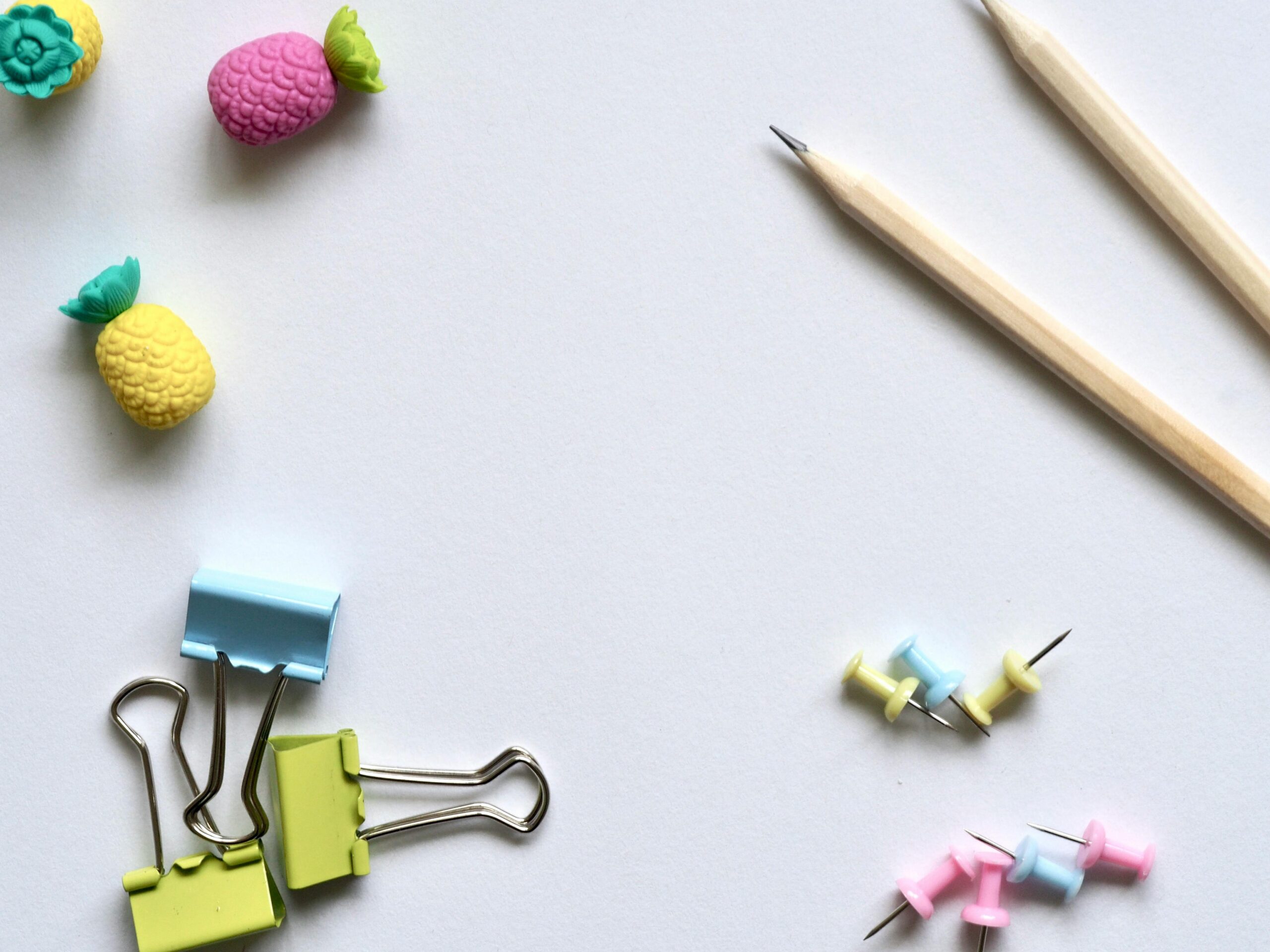Welcome to “What Is Blogging? A Beginner’s Guide.” In this friendly and informative article, you’ll dive into the world of blogging, learning what it is, how it works, and why it can be a fantastic tool for sharing your passions, thoughts, and expertise. We’ll take you through the basics, from setting up your first blog to creating engaging content that resonates with your audience. Whether you want to start a personal diary or become a professional blogger, this guide will equip you with everything you need to get started on this exciting journey. Let’s embark on your blogging adventure together! Have you ever wondered what blogging is and why it’s so popular? Maybe you’ve seen a friend start a blog, or perhaps you’ve stumbled upon one while searching for a recipe or travel tips. Whatever your reason, you’re in the right place! This guide will walk you through the ins and outs of blogging, demystifying its purpose and showing you how to get started.

What Is Blogging?
Blogging has come a long way since its inception in the late 1990s. Originally, blogs (short for “weblogs”) were simple online diaries where people shared their thoughts and experiences. They have evolved into assertive communication, marketing, and community-building tools.
Blogs are regularly updated web pages, often written in an informal or conversational style, where you can share your insights, stories, and expertise. They can cover many topics, from personal musings, tutorials, and how-tos to news recaps, business updates, and product reviews.
The Modern Blogger
A blogger is essentially the person who writes and manages a blog. Depending on your interests and goals, you can blog as a hobbyist, a business owner, or a professional writer. Bloggers might write about personal experiences, industry insights, hobbies, or even advice on specific topics.
Why Do People Blog?
There are countless reasons why people blog, but some common motivations include:
- Sharing Knowledge: Blogging is an excellent platform to share your expertise and passion with a broad audience.
- Building a Community: Many bloggers start their blogs to connect with like-minded individuals and build a community around their interests.
- Generating Income: With the right strategies, bloggers can monetize their content and earn revenue through ads, sponsored posts, or selling products.
- Enhancing Online Presence: For businesses, blogging is a powerful way to reach potential clients, improve SEO rankings, and showcase their products or services.
The Anatomy of a Blog
Understanding the critical components of a blog will help you get started. Here’s a breakdown:
1. Blog Post
This is the meat of your blog. Each blog post is an individual entry that you publish online. Posts typically include a title, introduction, body, and conclusion. They can also feature images, videos, or other multimedia elements.
2. Categories and Tags
These help you organize your content, making it easier for readers to navigate your blog. Categories are broader topics that your posts fall under, while tags are more specific keywords related to the content of each post.
3. Comments Section
Most blogs include comments where readers can leave feedback or engage in discussions. This feature is instrumental in building a community and encouraging reader interaction.
4. Sidebar
The sidebar is a section on your blog page, usually located to the side, that can contain additional information such as a search bar, recent posts, social media links, or a subscription form.
The header is typically the top section of your blog and includes your blog’s title and navigation menu. The footer is at the bottom and can include contact information, disclaimers, or additional links.
Table: Key Components of a Blog
| Component | Description |
|---|---|
| Blog Post | Individual entries, including text, images, videos, etc. |
| Categories | Broader topics to organize posts |
| Tags | Specific keywords related to post content |
| Comments Section | Area for readers to leave feedback and engage |
| Sidebar | Section for additional content like recent posts, social media links, etc. |
| Header | Top section with blog title and navigation menu |
| Footer | Bottom section with contact info, disclaimers, and additional links |
Getting Started With Your Blog
Creating your own blog might seem daunting, but it’s simpler than you might think. Here’s a step-by-step guide to get you started.
Step 1: Choose Your Niche
Choosing a niche is crucial because it defines your blog’s focus and helps you target a specific audience. Think about your passions, interests, and expertise. Whether it’s food, travel, tech, or personal development, your niche should be something you’re genuinely interested in.
Step 2: Pick a Blogging Platform
There are various platforms where you can host your blog, each with pros and cons. Some popular options include:
1. WordPress
WordPress.org is a highly customizable and powerful platform. It’s ideal if you want complete control over your blog’s design and functionality. Note that you’ll need to purchase a domain name and hosting service.
2. Blogger
Owned by Google, Blogger is user-friendly and a good choice for beginners. It’s free to use but offers less customization compared to WordPress.
3. Medium
Medium is a great option for writers who want to focus on content without worrying about design and technical aspects. However, it offers limited monetization options and customization.
Table: Comparison of Blogging Platforms
| Platform | Pros | Cons |
|---|---|---|
| WordPress | Highly customizable, powerful features | Requires domain and hosting purchase |
| Blogger | User-friendly, free | Less customization |
| Medium | Focuses on content, easy to use | Limited monetization and customization |
Step 3: Choose a Domain Name and Hosting Service
Your domain name is your blog’s online address (e.g., yourblogname.com). It should be simple, memorable, and relevant to your niche. On the other hand, hosting services store your blog’s files and make them accessible to visitors. Some popular hosting providers include Bluehost, SiteGround, and HostGator.
Step 4: Design Your Blog
Once you’ve set up your domain and hosting, it’s time to design your blog. Most blogging platforms offer templates and themes to give your blog a professional look. Customizing your blog’s appearance can make it stand out and reflect your personal style.
Step 5: Create Content
Now comes the fun part—creating content! Your content should be informative, engaging, and valuable to your readers. Plan your posts ahead, maintain a consistent publishing schedule, and focus on delivering high-quality content.
Step 6: Promote Your Blog
Having excellent content means little if no one reads it. Use social media, SEO, and email marketing to promote your blog. Engage with your readers, join relevant online communities, and consider guest posting on other blogs to reach a broader audience.
Content Creation Tips
Creating compelling content is the heart of blogging. Here are some pointers to keep in mind as you write your posts.
Understand Your Audience
Knowing your audience’s interests and preferences will help you create content that resonates with them. Use tools like Google Analytics to gain insights into your readers’ demographics and behavior.
Craft Catchy Headlines
A headline is the first thing readers see, so make it compelling. Use action words, ask questions, or include numbers to grab attention. For example, “10 Tips for Better Blogging” or “How to Start a Successful Blog: A Step-by-Step Guide.”
Write in a Conversational Tone
One of the beauties of blogging is its informal style. Write as if you’re having a conversation with a friend. Use personal pronouns like “you” and “your,” ask questions, and add anecdotes to make your content relatable.
Use Visuals
Images, infographics, and videos can break up text and make your posts more engaging. Use high-quality visuals that complement your content and help explain your points.
Include Calls to Action (CTAs)
Encourage reader interaction by including CTAs. Whether it’s asking readers to leave a comment, share your post, or subscribe to your newsletter, clear CTAs can boost engagement.
Edit and Proofread
Before hitting publish, review your post for errors. Proofread for grammar and spelling mistakes, and ensure your content flows logically. Tools like Grammarly can help with this process.

Monetizing Your Blog
Once you’ve established your blog and built a readership, you might want to explore ways to make money. Here are some popular methods to monetize your blog:
1. Advertising
You can display ads on your blog through networks like Google AdSense. You’ll earn a small fee each time a visitor clicks on an ad.
2. Affiliate Marketing
In affiliate marketing, you promote products or services and earn a commission for each sale made through your referral link. Join affiliate programs related to your niche and weave these links naturally into your posts.
3. Sponsored Posts
Brands may pay you to write posts that promote their products or services. Sponsored content should always be honest and transparent, maintaining the trust of your audience.
4. Sell Products or Services
If you have a product to sell, your blog can be an excellent platform to market it. This could range from physical items to digital products (like eBooks) or services (like consulting or coaching).
5. Membership or Subscription
Offer exclusive content or perks to readers who subscribe to a paid membership plan. Platforms like Patreon help bloggers monetize through subscriptions.
Table: Monetization Methods
| Method | Description |
|---|---|
| Advertising | Display ads; earn per click or impression |
| Affiliate Marketing | Promote products; earn commission per sale |
| Sponsored Posts | Get paid to write promotional content |
| Sell Products/Services | Market and sell your own products or services |
| Membership/Subscription | Charge for exclusive content or benefits |
SEO for Bloggers
Search engine optimization (SEO) is crucial if you want your blog to be discoverable on search engines like Google. Here are some basic SEO practices:
Keyword Research
Identify keywords related to your niche. Use tools like Google Keyword Planner or Ahrefs to naturally find relevant phrases and incorporate them into your content.
On-Page SEO
Optimize your blog posts for search engines. Use your target keyword in the title, headers, introduction, and throughout the post. Don’t forget to include meta descriptions and alt texts for images.
High-Quality Backlinks
Backlinks from reputable websites can boost your blog’s authority and improve its search ranking. Guest posting, collaborations, and creating shareable content can earn you valuable backlinks.
Mobile-Friendly Design
Ensure your blog is mobile-friendly. Many users access blogs from mobile devices, and a responsive design is also a ranking factor for SEO.
Regular Updates
Search engines prefer fresh content. Regularly updating and adding new posts will keep your blog relevant.

Staying Consistent
One of the keys to a successful blog is consistency. Here are ways to maintain it:
Create an Editorial Calendar
An editorial calendar can help you plan and schedule your posts, ensuring you always have fresh content. Tools like Trello or Google Calendar can be helpful.
Batch Writing
Devote a specific time to write multiple posts at once. This method can help you stay ahead of your schedule, reducing the stress of last-minute writing.
Set Realistic Goals
Be realistic about your posting frequency. It’s better to commit to one high-quality post per week than to burn out trying to post daily.
Engage With Your Audience
Responding to comments, emails, and social media interactions can create a loyal reader base. Engaged readers are more likely to return to your blog and share your content.
Common Blogging Mistakes to Avoid
New bloggers often face pitfalls that can hinder their success. Here are some mistakes to watch out for:
Inconsistent Posting
Irregular posting can cause you to lose readers. Stick to a consistent schedule to keep your audience engaged.
Ignoring SEO
Neglecting SEO can make it difficult for your blog to gain visibility. Always use SEO best practices to enhance your content’s reach.
Poor Quality Content
Quality trumps quantity. Focus on delivering valuable, well-researched, and engaging content rather than publishing for the sake of it.
Not Promoting Your Blog
Even the best content won’t gain traction without promotion. Actively market your blog via social media, email newsletters, and collaborations.
Neglecting Analytics
Analytics provide insights into what works and what doesn’t. Use tools like Google Analytics to track your blog’s performance and make data-driven decisions.
Conclusion
Blogging can be an incredibly rewarding endeavor, whether you’re looking to share your passion, connect with others, or even make some extra income. By understanding the fundamentals, from choosing a niche and platform to creating content and promoting your blog, you’re well on your way to becoming a successful blogger. Remember, consistency and quality are key. Now that you’re armed with this beginner’s guide, why not take the first step and start your blogging journey today? Happy blogging!











